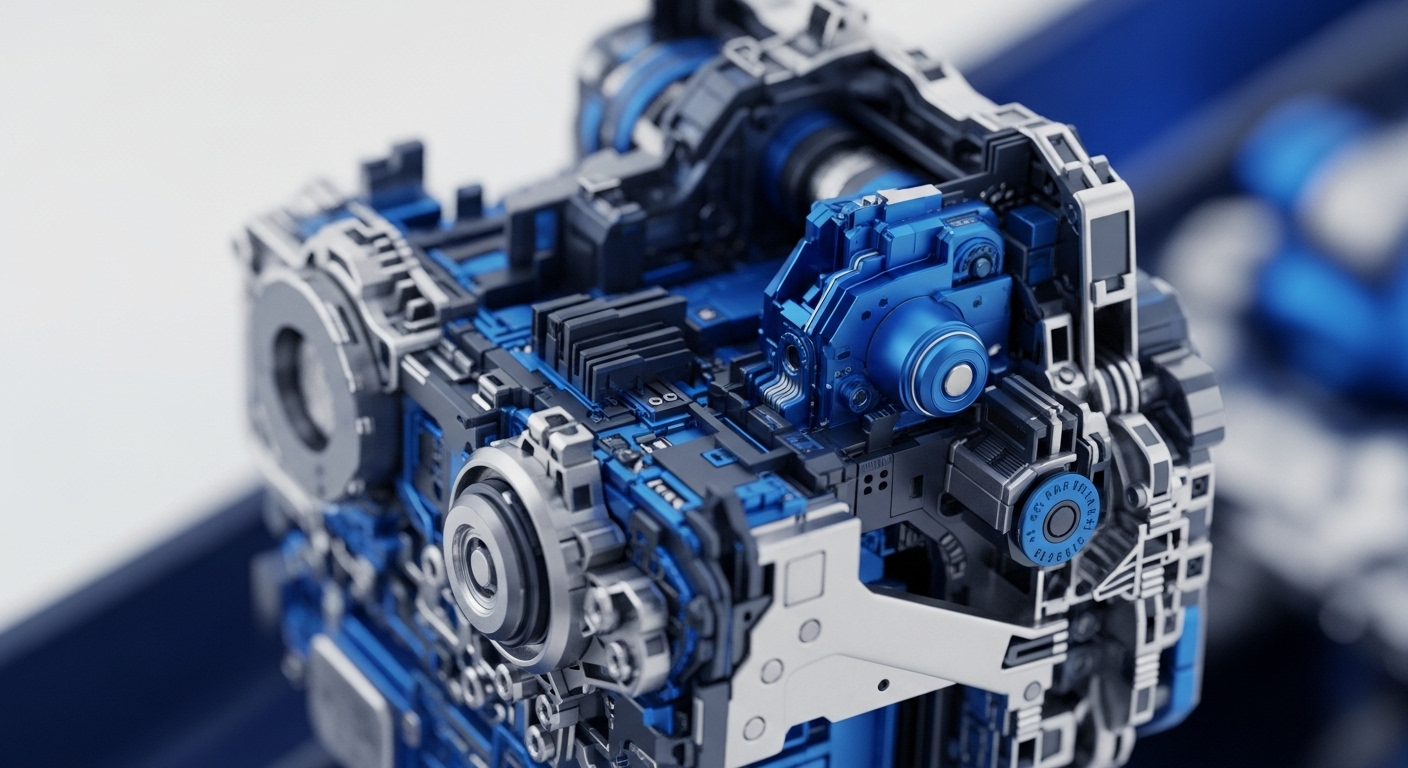
Briefing
This research addresses the critical problem of limited throughput, poor scalability, and high latency inherent in current blockchain systems, which restricts their utility in demanding applications such as the Internet of Things. It introduces the Advanced DAG-based Ranking (ADR) protocol, a foundational breakthrough that leverages a directed acyclic graph (DAG) structure combined with a dynamic node ranking algorithm to optimize transaction processing. The most significant implication of this new theory is the potential for robustly scalable and high-performance decentralized ledgers, fostering broader adoption of blockchain technology in real-world, high-volume environments.

Context
Prior to this research, blockchain technology faced a significant theoretical limitation → the inherent trade-off between decentralization, security, and scalability, often referred to as the “blockchain trilemma.” Existing consensus mechanisms, particularly in traditional chain-based architectures, struggled to achieve high transaction throughput and low latency without compromising decentralization or increasing vulnerability, rendering them less suitable for large-scale, real-time applications like those found in the Internet of Things. Solutions using Directed Acyclic Graphs existed, such as IOTA and ByteBall, yet they still presented challenges in optimizing performance and ensuring robust security against malicious actors.

Analysis
The core mechanism of the ADR protocol centers on a novel integration of a Directed Acyclic Graph (DAG) structure with a dynamic node ranking system to achieve enhanced blockchain scalability. Unlike linear blockchain structures where blocks are added sequentially, ADR allows multiple blocks to be processed concurrently within a DAG, significantly boosting throughput. The protocol introduces a three-step process → first, a robust node verification using public and private keys ensures only legitimate participants enter the network. Second, an advanced DAG ledger is constructed for efficient block production and transaction validation.
Third, a sophisticated ranking algorithm continuously assesses node performance and filters out malicious entities, topologically arranging the remaining nodes to optimize network operations. This approach fundamentally differs from previous DAG-based systems by explicitly incorporating a performance-based ranking and a rigorous malicious node filtering mechanism directly into the consensus, ensuring both high efficiency and robust security.

Parameters
- Core Concept → Advanced DAG-based Ranking (ADR) Protocol
- Consensus Mechanism → Directed Acyclic Graph (DAG) with Node Ranking
- Primary Objective → Blockchain Scalability and Throughput
- Target Application → Internet of Things (IoT)
- Key Components → Public/Private Key Verification, DAG Ledger, Ranking Algorithm
- Publication Date → August 6, 2025
- arXiv Identifier → 2508.04000

Outlook
The ADR protocol establishes a promising foundation for future blockchain architectures, particularly those requiring high scalability and throughput in environments like the Internet of Things. Next steps in this research will likely involve extensive real-world testing and further optimization of the ranking algorithm to adapt to dynamic network conditions and evolving threat models. Within 3-5 years, this theory could unlock widespread adoption of decentralized ledgers in critical infrastructure, smart cities, and industrial IoT, enabling secure and efficient data exchange at unprecedented scales. It also opens new avenues for research into hybrid consensus models that combine DAGs with other cryptographic primitives to achieve even greater performance and security guarantees.
